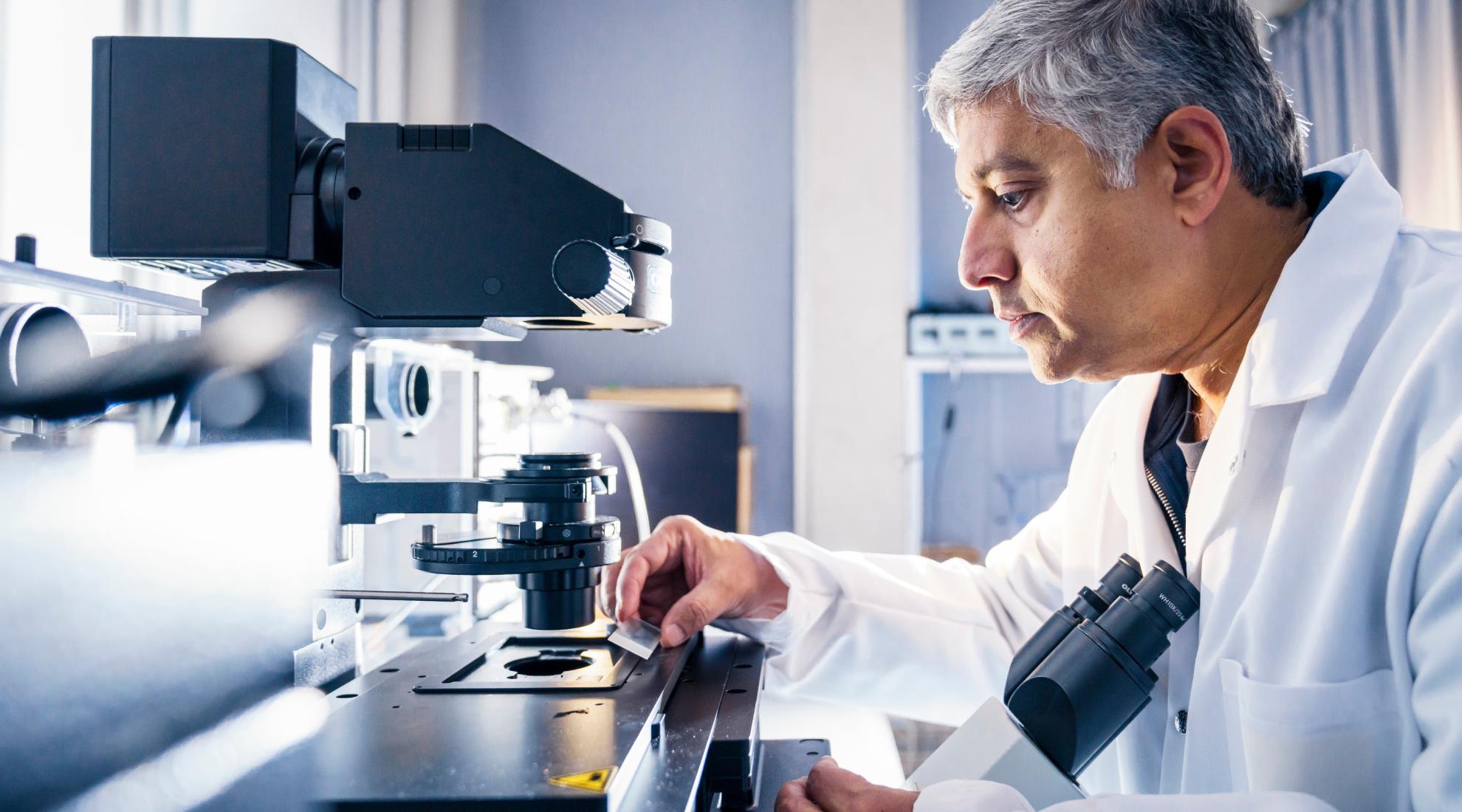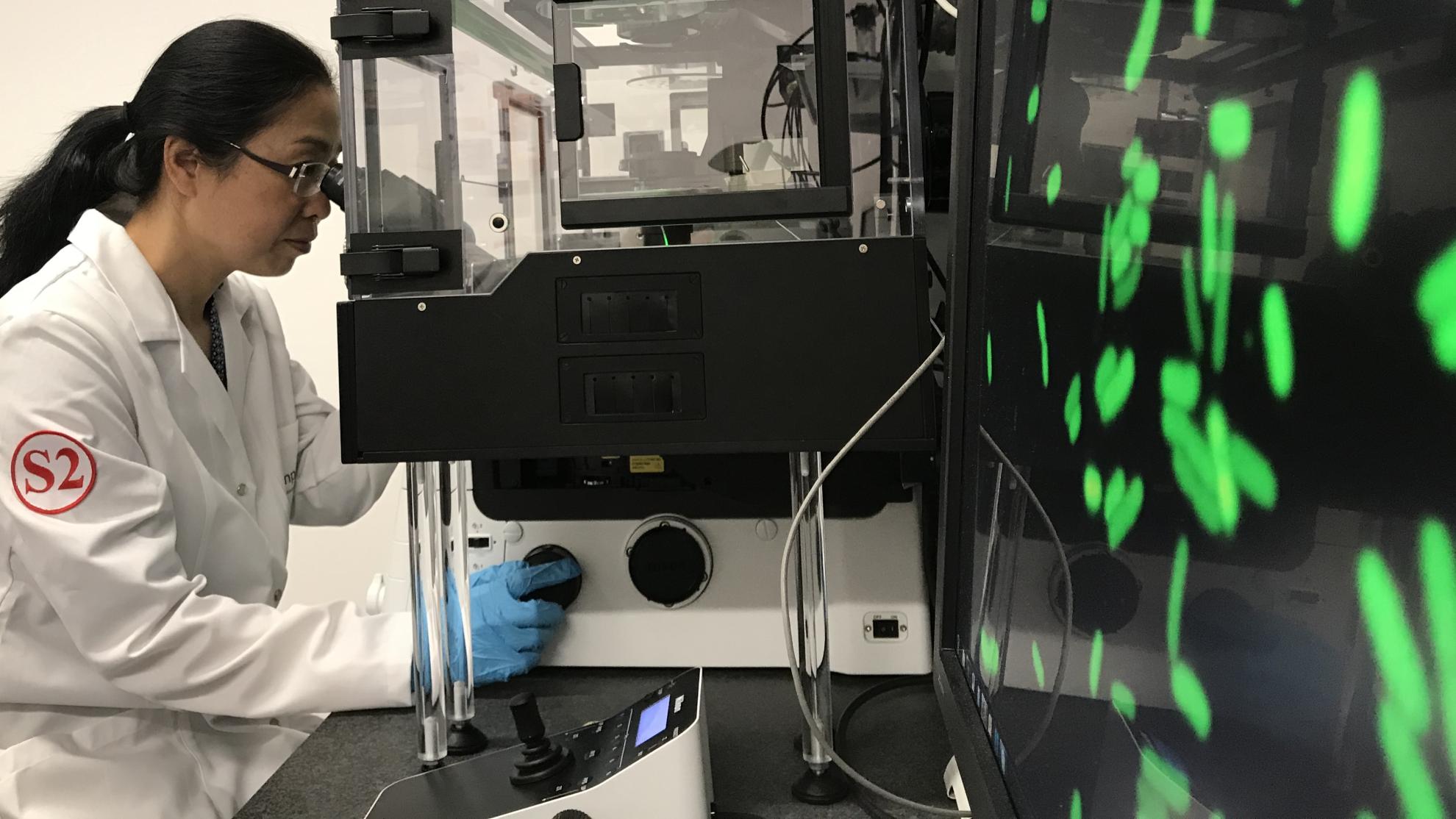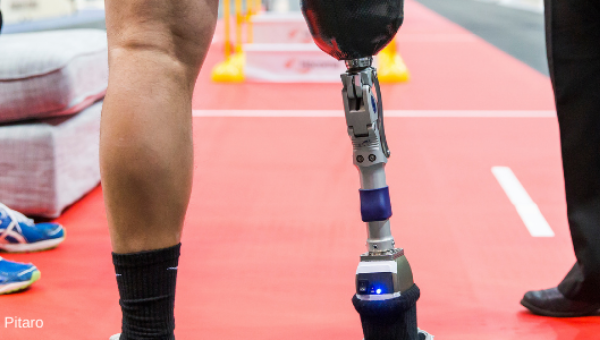Innovations in wound healing: from good bacteria to mechanical reprogramming of tissue

Two Swiss research teams are developing new technologies for improved wound healing. Swiss.tech takes a closer look at the two promising projects.
When a wound heals, the new tissue ideally closes the skin injury completely. However, in the case of chronic wounds, seemingly harmless tissue damage can develop into permanent health problems. In some chronic wounds with infections, antibiotics or disinfectants can no longer reach the germs because of the biofilm, i.e. the stubborn compound of various pathogens that adheres to the surface as a layer and is difficult to remove.
Good bacteria to combat pathogens
Scientists from the Swiss Federal Laboratories for Materials Science and Technology (Empa) and the MIT in Boston have joined forces to develop a special wound dressing that is particularly effective against this biofilm. Their trick: they use bacteria, which they call ‘good bacteria’, to combat the other pathogens. Their weapon is probiotic lactobacilli. They already play a positive role in healthy intestinal flora in humans and are well tolerated by the body. They also have an important property: they produce lactic acid and thus create an acidic environment. This is why they can change the alkaline pH value in chronic wounds. In the laboratory, it has also been shown that this lactic acid production actually attracts cells that contribute to wound healing.

Empa researchers are looking for new ways to heal chronically infected wounds.
Destroying 99% of germs
In practice, the researchers integrated the lactobacilli into a wound dressing. The dressing released the acidic product into the environment in a controlled and continuous manner. Laboratory tests quickly proved successful - the wound dressing completely destroyed a biofilm in a culture dish. The practical test followed: the scientists artificially created wounds on small tissue samples and allowed a biofilm to develop there. They then applied the new dressing. According to the research team, the wound dressing destroyed 99.99% of the germs. Skin tolerance was also very good. Further analyses of the mechanism of action will now follow in order to be able to use the lactobacilli in a targeted manner.
Reprogramming of tissue cells
In a second research project, scientists succeeded in using reprogrammed cells to heal wounds in old people more quickly. This was shown by researchers from the Paul Scherrer Institute (PSI) and ETH Zurich in a study published in the journal Aging Cell. This should help burn victims in the future.
The researchers reprogrammed aged cells from real skin and inserted them into a model of old, injured skin tissue in the laboratory. According to the research institute, this significantly accelerated wound healing. The reason: similar to a reformatted hard drive, the reprogramming of cells also deletes functional errors that the old cells had accumulated during ageing. This makes them, like a newly installed computer, faster when they run newly installed programmes.
The future of skin injury treatment
According to the PSI, therapies based on reprogrammed cells are to be used in future for major skin injuries, such as those that occur after burns. Until now, tissue from uninjured parts of the body or from other people has been taken for such treatment and used on the injured area. However, tissue from other people can trigger rejection reactions. And in the case of older people's own skin, it is often difficult to obtain enough of it in sufficient quality.
The reprogrammed cells have the special property that they are in an undifferentiated, so to speak youthful state. Depending on the environment in which they multiply, they can mature into different types of cells, including skin cells.
To round off their current research findings on wound healing, they are now planning trials with real human skin that has not been produced in a laboratory. Following the initial publications, several pharmaceutical companies have already expressed interest in further developing the process.




